Wild about wild cats?
By joining our email list, you will receive the latest conservation updates, exciting stories from the field, our monthly newsletter, and more.
Join Our Email ListPanthera cares about your privacy. Read our Privacy Policy.
© Sebastian Kennerknecht



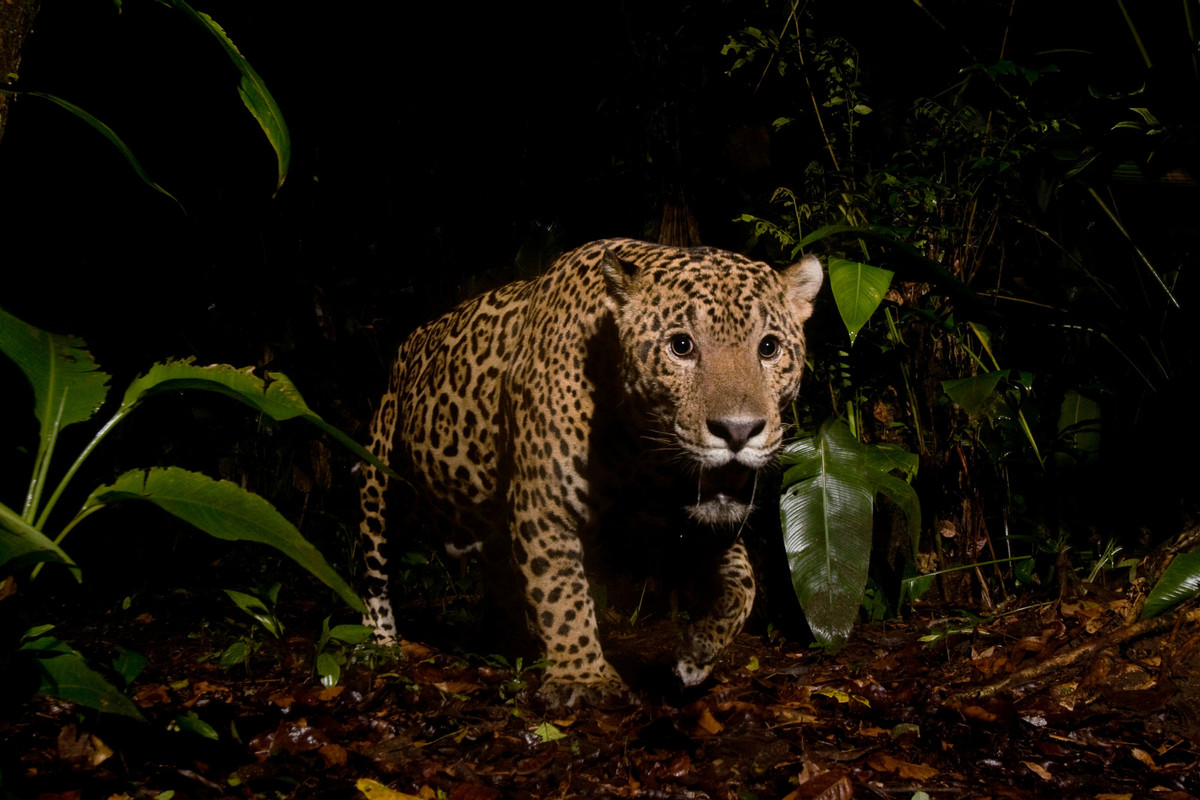
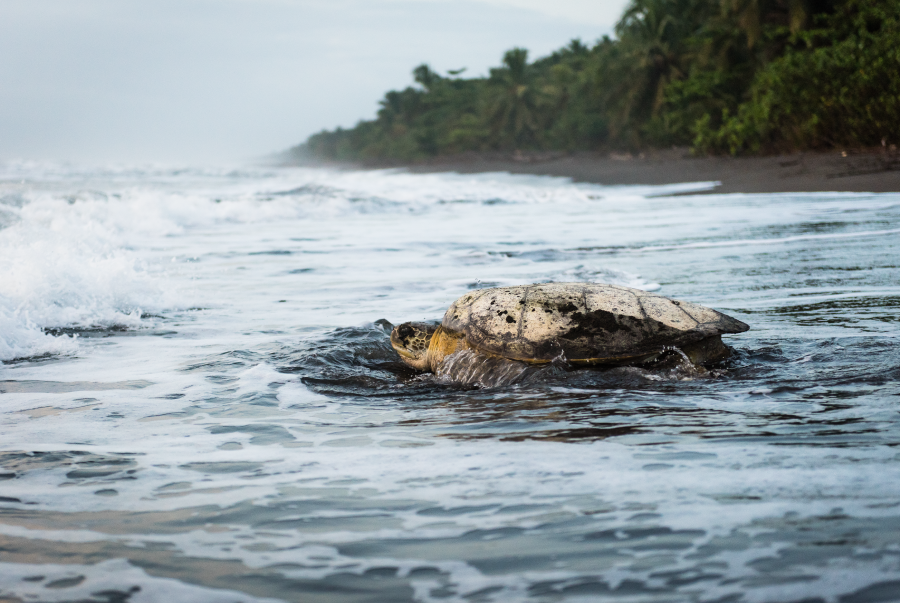
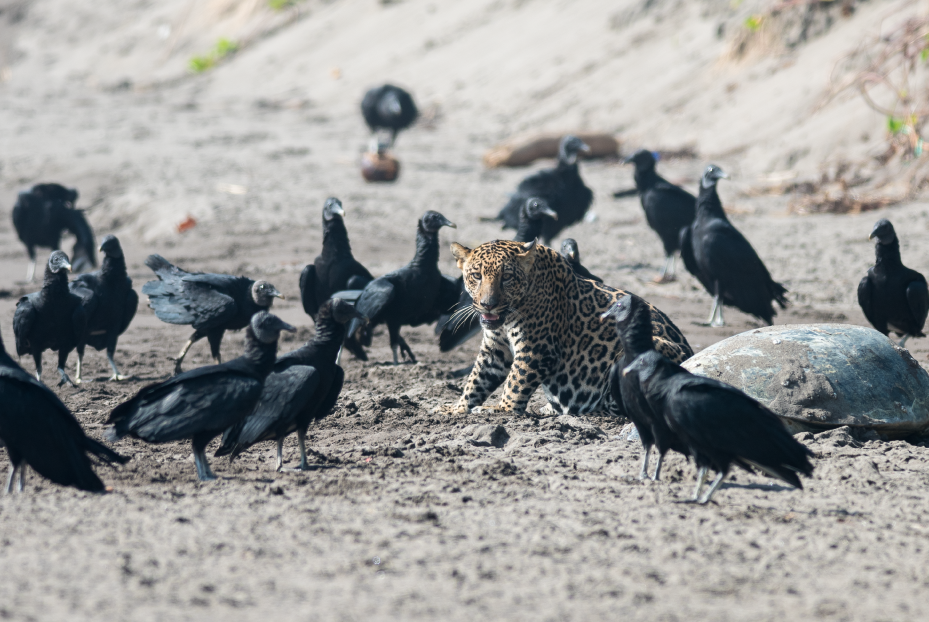
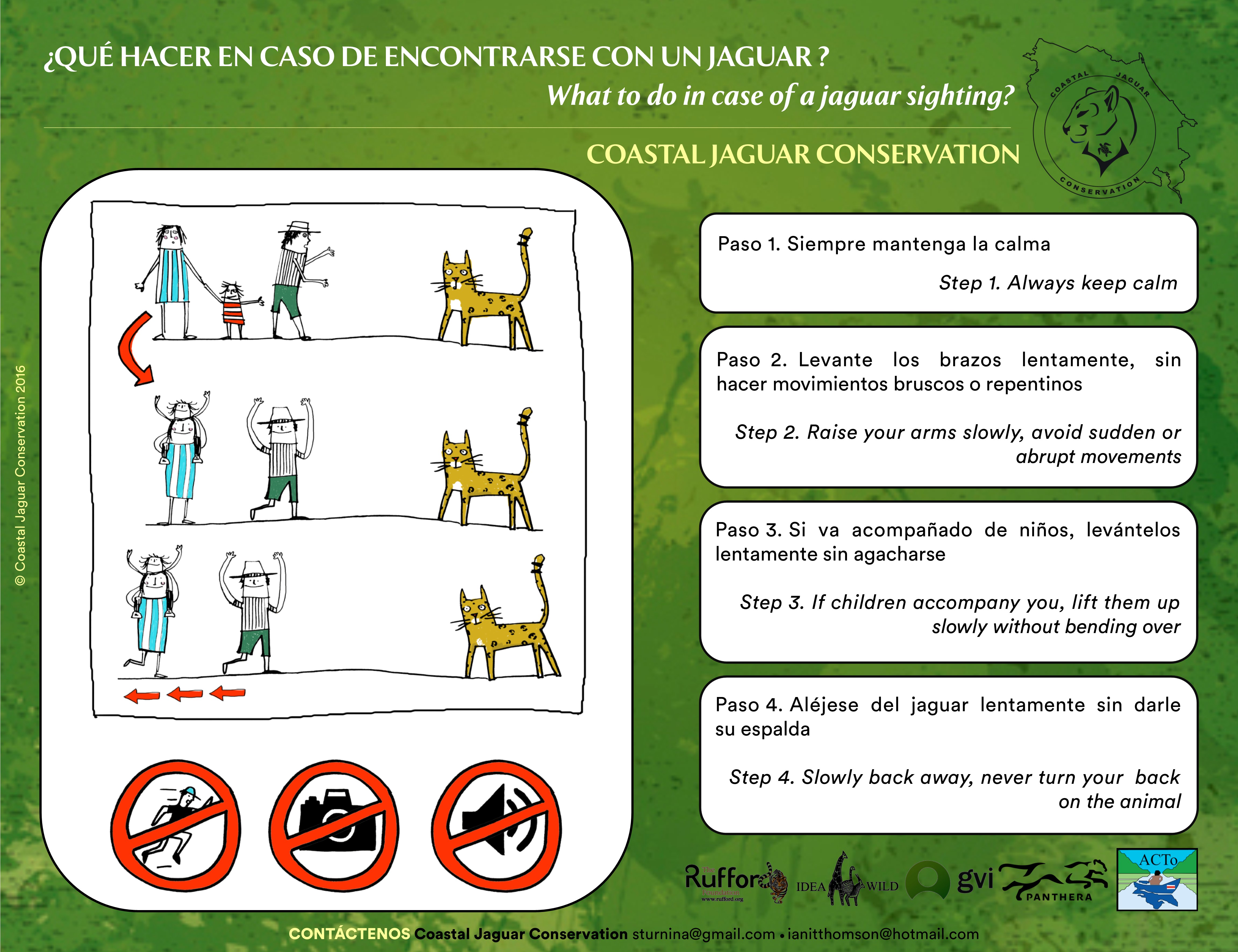
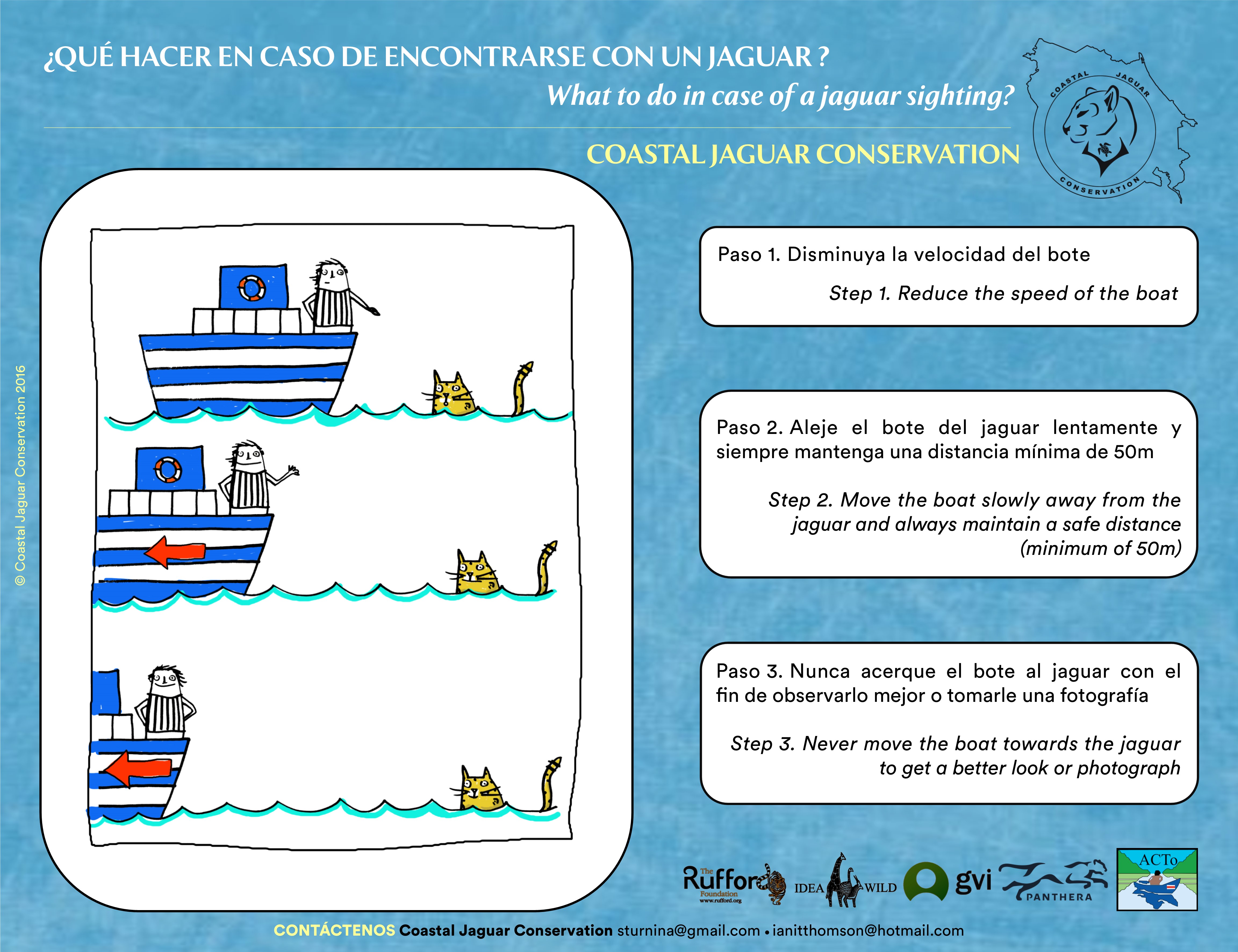 If you ever have a reason to use these protocols, be sure to remember: humans are a threat to jaguars… they are not a threat to us if we act responsibly!
If you ever have a reason to use these protocols, be sure to remember: humans are a threat to jaguars… they are not a threat to us if we act responsibly!